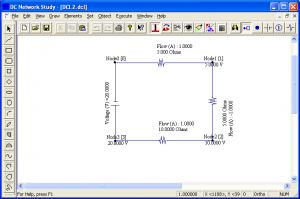Load Flow Studies is basic tool for power system analysis to assess the steady state performance of power system under various operating conditions. This also enables studies pertaining to the changes in power system network configuration. It determines the power flows,complex bus voltagesand losses of the power system for a given load and generation profile. The challenges of modeling very largenumber of components are taken care of by exploiting Sparse techniques.
The key features of the module are :
- Gauss – Seidel (GS)
- Newton Raphson (NR)
- Fast Decoupled Load Flow (FDLF)
- Voltage & Frequency dependentLoads
- Multiple Island systems
- Customized Report
- Optimal Load Flow
- AC/DC power flow (HVDC)
- Modeling of FACTS devices
- Modeling ofRenewable Energy (RE) devices (Wind and Solar converters)
The output of the load flow studies is used by other system studies like short circuit, stability, motor starting, contingency analysis etc.
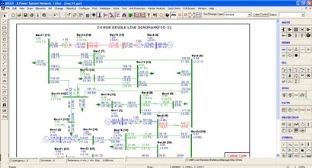
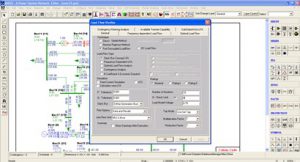
With the increasing proportion of harmonic currents in the power system, Harmonic Load Flow performs conduct the harmonic assessment to compute Total harmonic distortion factors for voltages and currents in three phase system. Harmonic load flow also computes harmonic transfer impedance and driving point impedance for both transmission and distribution power systems.
Harmonic analysis is done using Harmonic Load Flow and Frequency Scananalysis.
The key features of the module are :
- Computation of VTHD , ITHD , Telephone Interference Factor (TIF)
- Modeling harmonic voltage and current source
- Frequency Scan Analysis foruser-defined harmonic order
- Computation ofpositive, negative and zero sequence harmonics
- Transformer modeling with wide range of winding connections
- Graphical view for visualization of bus wise VTHD , ITHD and Frequency Scan
The output of the Harmonic Load Flow is useful in design of filters to reduce the harmonics.

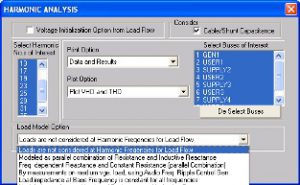
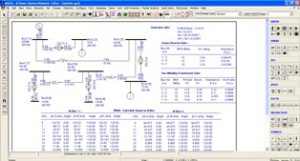
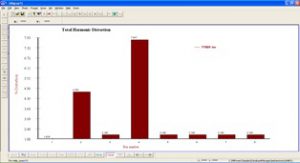
Short circuit studies are conducted to determine the fault currents and fault MVA levels in the power system. The various types of short circuit faults, at any location in the system, include
- Single line to ground(LG) fault
- Line to line (LL)fault
- Double line to ground (LLG) fault
- Three phase to ground fault (LLLG).
The key features of the module are :
- Symmetrical and Asymmetrical Faults
- Modeling of Self and Mutual Impedances
- Compliance to related ANSI/ IEEE/ IEC standards (including 363 & 909)
The selection of circuit breakers depends on the post-fault current (immediately after the fault) and the interruption current (which the breaker must interrupt). The results of the short circuit studies are often useful for determining the relay settings.
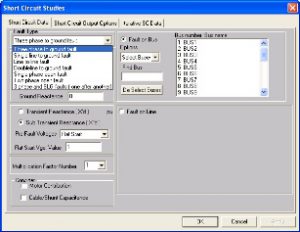
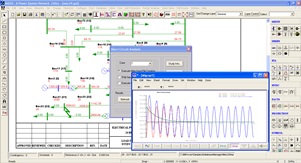
Power systems are often very big networks and have localized impact of disturbances. Network Reduction Module provides the static and dynamic equivalents for the power system. These are normally used for studying the impact of the faults and disturbances on the key components in the time domain simulations like transient and dynamic stability analysis.
The key features of the module are :
- Computation of Static and dynamic equivalents for the power system networks
- Computation of YBUS and ZBUS
- Static equivalent: YBUS basedreduction, seen from the desirednodes
- Dynamic equivalent: Single machine equivalent of the power system.
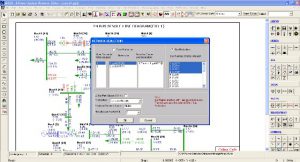
The DC Network Solution is a module to analyze the DC power networks.
The key features of the module are :
- D.C. Load Flow Analysis
- D.C. Short CircuitAnalysis
- Enables Battery Sizing
The DC network solution provides currents flowing through the branches in the network and the nodal voltages. The network topology, the resistances of the branches and the source in the network, source voltages and the loads are taken into consideration.
